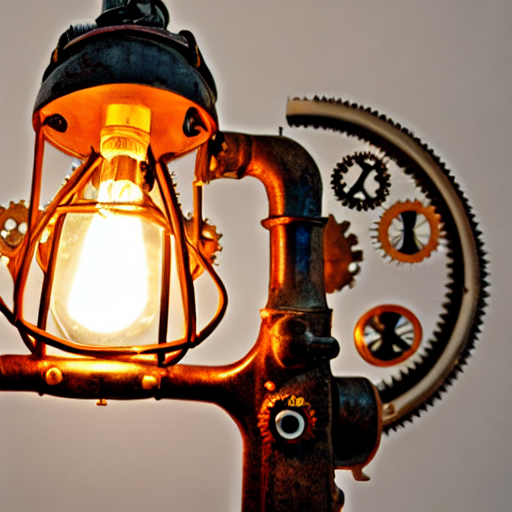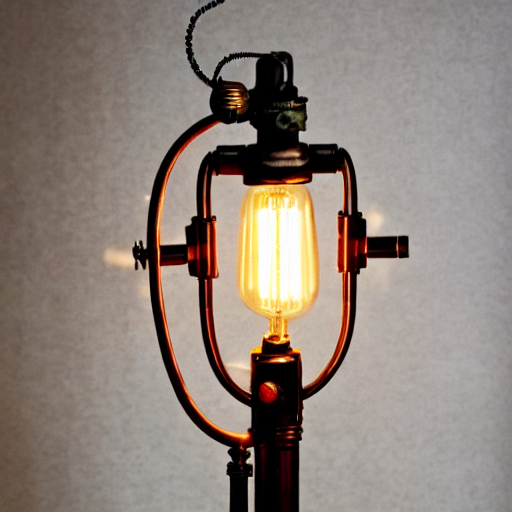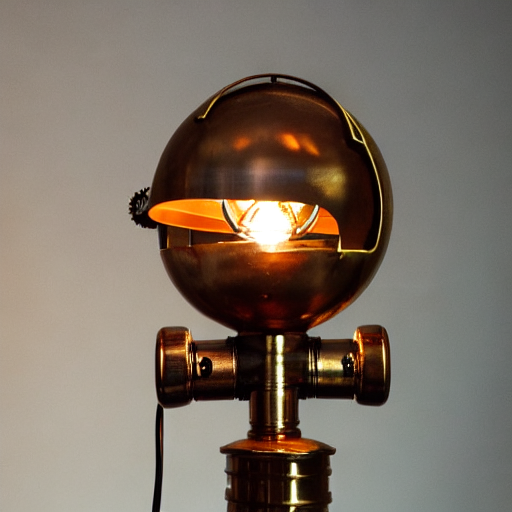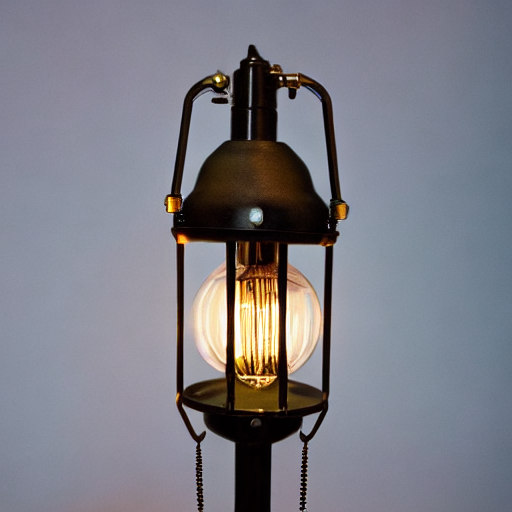I thought that steampunk meant, among other things, no electricity. I’d use kerosene in my search.
I opened this thread just to see if anyone had beat me to that link.
I think that you have an unusual definition of steampunk. The picture that you’re responding to here is, to my mind, a classic example of steampunk. And based on the difficulty you’re having finding what you what, I would say that far more people agree with me than with you.
Might also be worth including the term ‘upcycled’ - there will be some nonsensical false positives in there, but ‘upcycled industrial’ often yields items that look weirdly original, even when they are a bit cobbled together
I do not agree that “steampunk” means shit randomly cobbled together (in this case, electric bulbs screwed into metal water pipes with a non-functional pressure gauge and a vacuum gauge thrown in because…?)
Electricity may or may not be allowed, and the device does not need to be a genuine antique, but should it not at least resemble a working device that someone might have actually built?
My suspicion is that what you are describing may have been the original “steampunk aesthetic,” but over time, as more people became aware of steampunk, and as cosplay took off, it became more “random brass gears and gauges.”
For fun, I typed “a photograph of a steampunk lamp” into the online diffusion AI art generator to see what the computer thinks that is, and mostly they just look like incandescent lights, but the first image did indeed suffer from a bunch of random gears in the background:




I really do not.
Just because it’s the prevailing imagery, does not make it right. All I want to see is a gadget where the additional decorative “steampunk” features look like they have a purpose. Or preferably actually have a purpose. If a thing needs a switch, make it a clunky metal switch. If it needs a screen, make it an old CRT bubble-shaped screen. If it needs a supportive frame, make it a Victorian-era cast iron frame. Don’t just lazily glue on old clock parts and call it a day.
I hope you do…good luck! ![]()
Yeah, steampunk is overwrought nonsense by definition.
I think a steampunk lamp with pipes and gauges could work, if other elements of the design perhaps suggested that it was in some obscure way, powered by a pressurised gas. A random pressure gauge on a lamp made from pipes though is, yes, just a clearly superfluous flourish.
Agatha Heterodyne uses electricity sometimes, and that’s good enough for me.
I can’t see any of those … is it just me ? (i’m in the uk)
Can you see them if you click on the individual images? And/or reload the page?
Clicking on them works, for me.
You can also go to the online demo app and try it yourself!
Your image links have never worked for me unless I open them in a new tab (where they work fine). I think the issue is that your image hosting service only supports HTTP, whereas the SDMB (and every other decent site) is HTTPS. Browsers don’t like embedding insecure content like that.
It kind of does, though? It’s an aesthetic based on a fictional construct, so I can’t see how anybody can really dictate rules. You can both be right.
Put me in the camp of having always assumed the extraneous bits and bobs were a core component of the style. Is there an authoritative source for what steampunk “is” or “isn’t”? Or is this just a case of someone declaring that people who put ketchup on hot dogs don’t “get” hot dogs?
Of course not, but one can look at its influences and see if it’s diverged or not. If you really have to boil it down to the bare minimum, Steampunk = Jules Verne. Advanced technology from the Victorian era, as if they could have gone much farther with steam and mechanical devices than they did. It’s not realistic, exactly, but it was an imaginable extrapolation from the technology at the time.
A more recent influence was the novel The Difference Engine, where it was imagined that Babbage’s mechanical computing machines continued on a path of miniaturization and advancement, becoming key technologies of the age. In practice, computers didn’t change society until they became electronic, but it’s not totally crazy to think mechanical computers might have been more popular had a few things been different.
Regardless, gluing gears and shit to stuff doesn’t achieve this aesthetic. The artifacts are supposed to be useful in some fashion, and at least something that might have happened (with allowance for the fact that this is all fictional).